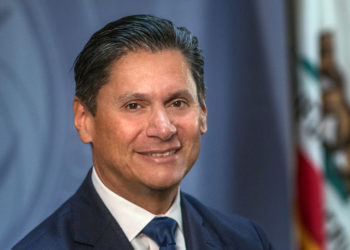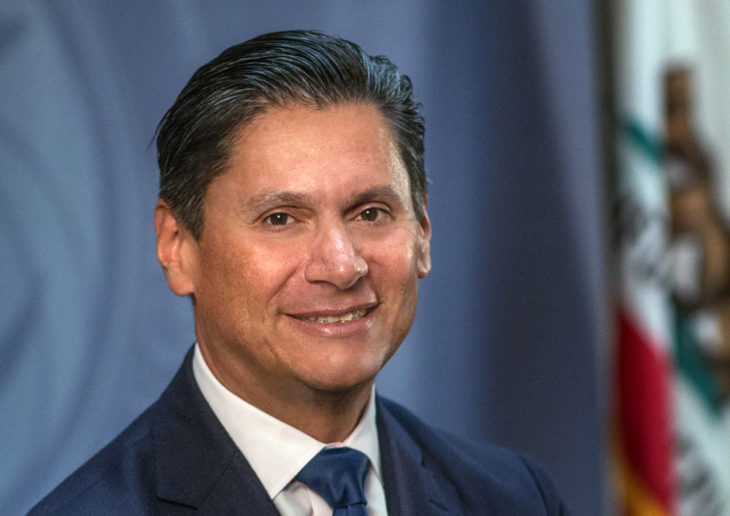
As we head toward the conclusion of another academic year, it’s important to take... Read More about Listening Tour Offers Opportunity to Discuss Vision for Success

As with all bold ventures designed to reach ambitious goals – whether it’s winning gold in the downhill slalom or improving outcomes for millions of college students – you need to prepare and build a solid game plan.
Last year at this time, we were gathering input for our system’s plan to chart the future of the California Community Colleges over the next five and 10 years.
Based on feedback from thousands of people, the Vision for Success was developed. And in the few months since it was adopted, the Vision for Success is already shaping how we operate and focusing our efforts and energies in positive ways.
Supporting the goals and commitments of the Vision for Success is the framework of Guided Pathways, a structured approach to student success that provides all with a set of clear course-taking patterns that promotes better enrollment decisions and prepares students to reach a defined goal.
All 114 colleges have committed to this framework that integrates support services in ways that make it easier for students to get the help they need during every step of their community college experience.
We’re focusing on closing equity gaps with reforms to the way we conduct assessment for placement, and we are innovating in the area of remedial education.
Progress in streamlining and making more transparent transfer to California State University and University of California continues, and the governor’s proposal for a new online community college serving working adults aligns with the Vision for Success goals of better serving adult learners.
The Vision for Success gives us an opportunity to reset the narrative in California and to recognize the groundbreaking work that our faculty and staff are accomplishing. We are just at the beginning of this effort, and it is important to construct metrics that hold us accountable to the people of California and our students.
Unlike judging Olympic figure skating, which we all know can seem subjective at times, our progress will be tracked with new metrics that align with the Vision for Success goals.
In our 2017 State of the System report, the Chancellor’s Office details the six central goals of the Vision for Success, and discusses the metrics involved in tracking the progress of those goals. In the box below, you’ll find a short summary of each goal and measurement policy. Please see the report for more details.
As community college professionals, we’ve worked hard to make sure the opportunities are there for the people of our diverse and amazing state. We’ve had to overcome so much – just in the past year – yet we’ve bounded energetically into 2018, as dedicated and resolute as ever to the Vision for Success. Just as our students deserve an affordable, accessible path to success, we deserve to see our hard work make a real difference and for the public to have a means to recognize that work.
Vision for Success: Six Key Goals
GOAL 1: Increase the number of students earning credentials by at least 20 percent.
GOAL 2: Increase the number of students who transfer by 35 percent.
GOAL 3: Reduce average units accumulated by students who complete degrees to 79.
GOAL 4: Increase the number of students who get jobs in their field of study by 69 percent.
GOAL 5: Reduce equity gaps among underrepresented students by 40 percent over five years and eliminate in 10 years.

As we head toward the conclusion of another academic year, it’s important to take... Read More about Listening Tour Offers Opportunity to Discuss Vision for Success

Contact your legislators! That’s the message the California Community Colleges... Read More about More Financial Aid for California Community College Students Must Not Wait and You Can Help!

In March “I Can Afford College” launched two in a series of six digital-first... Read More about “I Can Afford College” Campaign’s New Latinx Youth YouTube Series